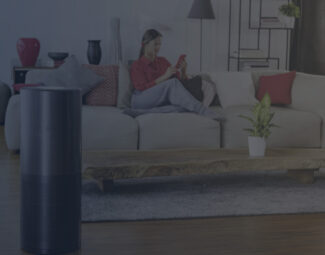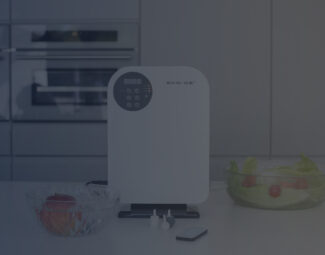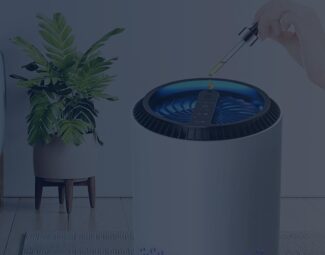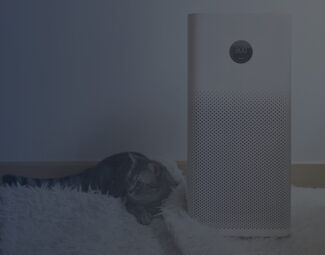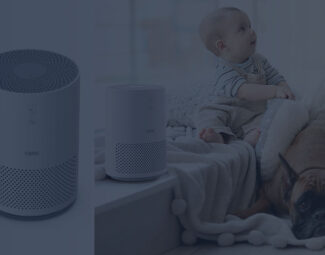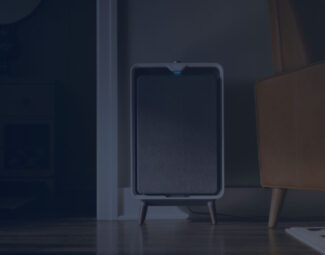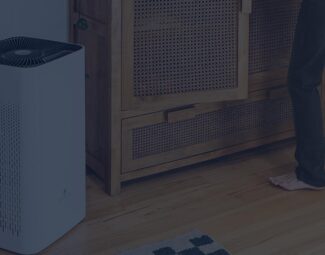A n issue every homeowner deals with at one point or another is that of unpleasant odors. A lot of air purification systems available make a daring promise in this sense, and that is thorough elimination of smells so that the air indoors is fresh and inviting. However, is this promise something to hold onto, or is it just an empty promise made by manufacturers to sell their products? Let’s find out together and see if any actual technologies work when it comes to odor reduction.

Jack Russell Terrier Dogs Indoor at Home
What Are the Sources of Indoor Odors?
Although the list is quite long, there are a few common issues from which problems with indoor smells span. For one, you have households with pets. As a pet owner, you know that it’s not all fun and games as the furry ones leave behind quite a mess, from all points of view. As cats and dogs generally get out of the house at least once per day, usually getting quite messy during their adventures, they bring in the dirt and the stench, and you’re the one who pays the price for the animal’s fun time.
In households where smokers reside, issues are even more serious as tobacco smoke gets in everything, from upholstery to carpets and walls. Even if you air the room out and think that the smell is gone, it’s not because it has already sunk into everything it could. Ideally, smoking should be left outside the house, but this isn’t something you can always control.
From cleaning products that fill the air with a chemical smell to your perfume, deodorant, and even air fresheners, these household products generally leave quite a mark on how your home smells. With cleaning products there’s the issue of the toxic vapors they release into the air as well, posing more severe issues.
Of course, an obvious source is the kitchen. Whether we’re discussing the food that is prepared in it and inevitably leaves quite a stench, especially if sauces are involved, or the trash can that, if not treated with care, can become an odor hazard, the kitchen itself is a source of unwanted smells. But you can’t stop cooking or throwing things in the trash, so other more creative measures need to be taken to deal with it.
How Air Purifiers Remove Foul Smells
The question of the day remains – do air cleaners remove odors or not? When you seek units that target this specific issue, two types will come up – activated carbon filter systems and ozone generators. Let’s take an in-depth look at both systems and see how they work and if they are as efficient as manufacturers claim.
Question: Do HEPA filters eliminate odors?
Answer: Although HEPA filters flaunt the highest efficiency when it comes to overall performance in air cleaning, the media doesn’t help in reducing odors in the slightest. This is why you will see in most HEPA air purifiers the following setup – activated carbon filter, HEPA media, activated carbon media; the latter is the one handling odor-causing particles as HEPA doesn’t have the slightest impact on odors.

HEPA and Activated Carbon Filters
Activated Carbon Filter Systems – The Most Efficient?
Q: How do they work?
A: As the air is drawn inside of the system by the fan, the odor-causing particles and volatile organic compounds in it automatically stick to the surface of the activated carbon filter, and this is how air purifiers featuring this technology manage to provide fresh air.
Activated carbon is, hands down, the most effective media for odor removal as it flaunts a large surface area per unit volume. The filter is comprised of a network of pores that absorb odor-causing particles from the air circling through the air purification system, the process being a result of the fact that the surface molecules of the media attract odor molecules, causing them to adhere to each other.
Maintenance considerations:
Beware that activated carbon filters require routine replacement, which is a piece of information that you can obtain by checking out the user manual that comes with the air purification system (replacement can be required every 3 to 12 months, varies from one model to another). However, check to see if the filter is labeled as washable. If so, it means that you can use water and soap to get it cleaned up when it gets dirty, replacement being required considerably less often as the media doesn’t wear out after you clean it.
Benefits:
- Come in various sizes so that the filters can effectively tackle even heavy odor pollution (larger and thicker filters have no trouble in this sense).
- Unsurpassable when it comes to the removal of toxic gasses, cigarette smoke, cooking odors, pet smells, and more.
- There aren’t any limitations when it comes to the environmental conditions that the filtration media can work in – humidity and temperature do not affect it.
- Does not emit ozone or release by-products into the air, not existing the chance of air contamination as a result of using the system.
Drawbacks:
- Standalone, it cannot remove microorganisms and allergens, which makes activated carbon quite ineffective in overall air cleaning without pairing it with HEPA filtration.
- Routine replacement is required (even with washable filters, you still need to replace them at one point).
How About Ozone Generators?
Q: How do they work?
A: Ozone generators break apart oxygen molecules so that these attach to other oxygen molecules, this process leading to the formation of ozone. The process can be accomplished either through UV radiation or silent corona discharge, the latter being the more commonly used method.
These systems get a pretty bad reputation for the fact that they produce ozone in their operation. This is, indeed, not an ideal situation in the slightest considering that ozone is quite dangerous for asthma sufferers. Nonetheless, if you take the right cautionary measures, you can use the ozone generator for smell removal. What the measures consist of is one simple action – don’t sit in the same room with it when it runs. Run it when you are away from home or in a separate room, and let 1-2 hours pass before you enter the space where it emitted ozone to freshen the air. However, there is one more problem worth highlighting – the systems don’t remove the smells, they mask them, which means that the particles causing the odors are still lingering in the air.
Benefits:
- The air in your home is bound to smell fresher as a result of using the system.
- Event pungent smells that are embedded in carpets, walls, and upholstery are masked.
Dangers:
- Known to react with certain chemicals in the air, leading to the creation of far more dangerous pollutants that can pose an immediate health threat.
- Should never be used in households where asthma sufferers reside as ozone is an irritating agent that triggers symptoms in sensitive individuals.
- Even in healthy folks, inhaling ozone can cause health problems as it irritates the lungs.
What Else You Can Do to Have a Fresh-Smelling Home
Aside from using an air purifier, there are other actions you can take to reduce the smells, maybe even get rid of some of them for good. These additional measures generally refer to attacking the sources of the odors and ensuring the particles that cause the air to not be fresh anymore won’t end up in it. To make it easier for you to follow our guidelines, we will provide guidelines for each room in the living quarters of the house.
Beware that in some areas of the house the smells can come from a source you surely must manage ASAP to avoid more serious health complications – mold. Generally an issue in spaces like the basement where dampness causes mold growth, it is advised to first clear the spot where it has developed and then install a basement dehumidifier for optimal moistness reduction rather than rely on an air purifier to capture the spores in the air. Remember that prevention is key when it comes to mold!
In the living room:
Culprit #1 – the carpet: Do you have a plush carpet in the living room? Then know that it could be to blame for that awful smell as carpets trap odors quite easily. What you should do in this case is sprinkle baking soda over the carpet, let it sit for an hour or so, and then vacuum the surface.
Culprit #2 – the pet bed: A lot of pet owners opt to put their pet beds in the living room, and while our furry friends might adorable, the truth is that pets leave behind awful smells. There’s the issue of pet hair and dander lingering in the air too, which for allergic people spells bad news, but that’s a topic for another occasion. When it comes to what you can do with the pet bed, it’s the same as with the carpet – just put baking soda on it, let it seat, then clean it up.
In the bedroom:
Culprit #1 – the closet: Most of us make a really big mistake, and that is closing the closet door. This causes the space to become damp and develop weird odors, which not only affect the air in the room but may prove damaging to our clothes as well. To prevent this, your best course of action is to use a small-size dehumidifier that wicks away moisture in the closet.
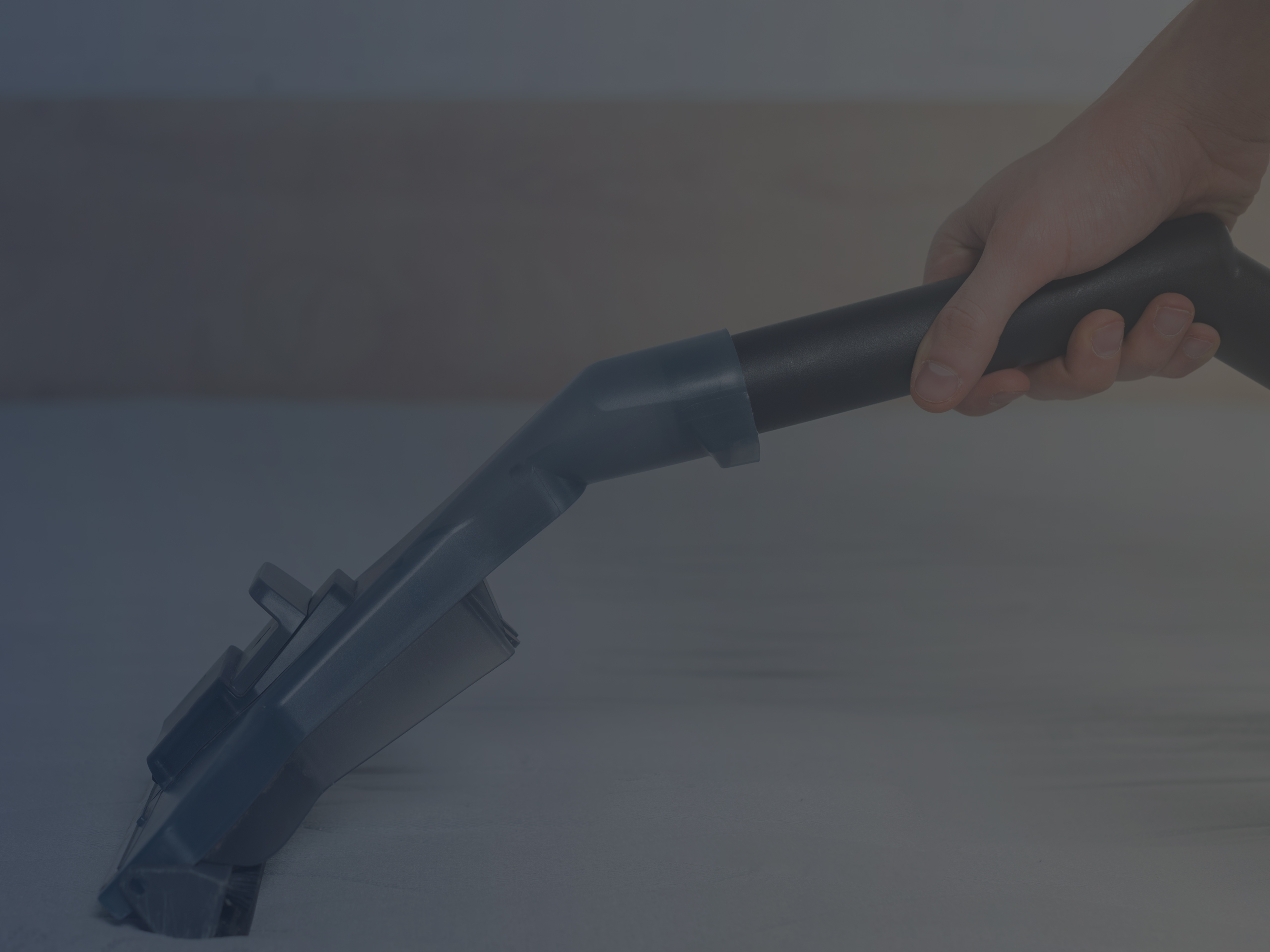
Vacuuming Baking Soda from Mattress
Culprit #2 – the mattress: After months of use, in some luckier cases years, the mattress inevitably develops a musty smell. But this isn’t an issue that requires you to change the sleeping surface altogether as you can just sprinkle baking soda on its surface, let it sit for a few hours, and vacuum it up. The smell will be gone for a long time!
In the kitchen:
Culprit #1 – the trash: Whether it’s the trash or the actual trash can that gives off the awful smell, you must sprinkle baking soda under the liner or adhere it to the interior of the lid to solve the problem. It would be wise to also use some disinfecting spray once every couple of weeks at least to kill off any bacteria.
Culprit #2 – the refrigerator: First off, make sure that all foods with pungent odors are packed tightly so that their odors don’t invade the whole space. Secondly, make sure that you put a lid on leftovers (this helps preserve the food and prevents cross-contamination). Lastly, always keep an open box of baking soda in it as its purpose is to eliminate all odors.
Culprit #3 – the dishwasher: Common mistakes people make when it comes to dishwasher use include skipping over the monthly use of special cleaning tablets for maintenance and forgetting to rinse dirty dishes before putting them in. Follow through with these two procedures, and no funky smell will come out of it anymore.
Culprit #4 – the microwave: As it is a heavy-duty use, appliance, a lot of smells circulating in the small space, the odors stick and contaminate the exterior too. To get rid of the problem, insert a bowl that you fill with one quart of boiled water, and add in a few lemon slices. Leave it in for a few minutes, and when you take it out, clean the microwave and there shouldn’t be any lingering smells anymore.
In the bathroom:
Culprit #1 – the toilet: In this case, you must necessarily clean the toilet bowl before it starts to look dirty. After you clean it, pour half a cup of bleach into the bowl’s water and let it sit for as long as you can. There are a lot of cleaning products made to help combat toilet smells too.
Guidelines to Pick an Odor-Reducing Air Purifier
- Check the CADR ratings: What the provided scores address are smoke, dust, and pollen contamination reduction indeed, and while only the smoke rating factors in for odor removal, the other two indicators matter too as they weigh in on system’s overall quality.
- Properly size the air purifier: Without opting for a system that can provide air cleaning in the size area you intend to use it in, you won’t benefit from optimal performance on the device’s part.
- Go for HEPA-carbon combo: Activated carbon filters are, hands down, the most effective when it comes to reducing smells and trapping particles that cause them. However, an air purifier should do more than this, as much as possible. This is why we recommend that you look into a system that is comprised not only of an activated carbon filter but a HEPA filter as well. What the HEPA media adds in the mixture is an unsurpassable efficiency toward pollutant reduction – more than 99.97%, to be precise.
- Check out the air changes: This stat represents the number of times you can expect the air purifier to filter out the air in the whole room of impurities throughout an hour. For optimal efficiency and to make it unlikely to breathe in contaminated air at any point, we recommend that you opt for a model that provides at least 4 changes per hour.
- Look into maintenance demands: To keep it up and going for as long as possible, you must always perform air purifier maintenance at the right time. Activated carbon filters generally require replacement quarterly or annually, another upkeep aspect to keep in mind as it implies some costs down the road (although not generally high as the media isn’t all that expensive).
Bottom Line – Can Air Purifiers Remove Odors or Not?
Yes, you can use an air purification system to get rid of those foul odors in your home, just as long as it uses activated carbon filtration as this is the single most effective media type for tackling smells. Remember that ozone generators mask the problem instead of fixing it, so as the carbon filters rid the air of the pollutants at fault, their performance is unquestionable. Pair using the air purifier with regular vacuuming and throwing out potential sources before they start releasing the unwanted odors, and you are sure to never again come home to be welcomed by funky smells, having a fresher, cleaner living space as a result.


